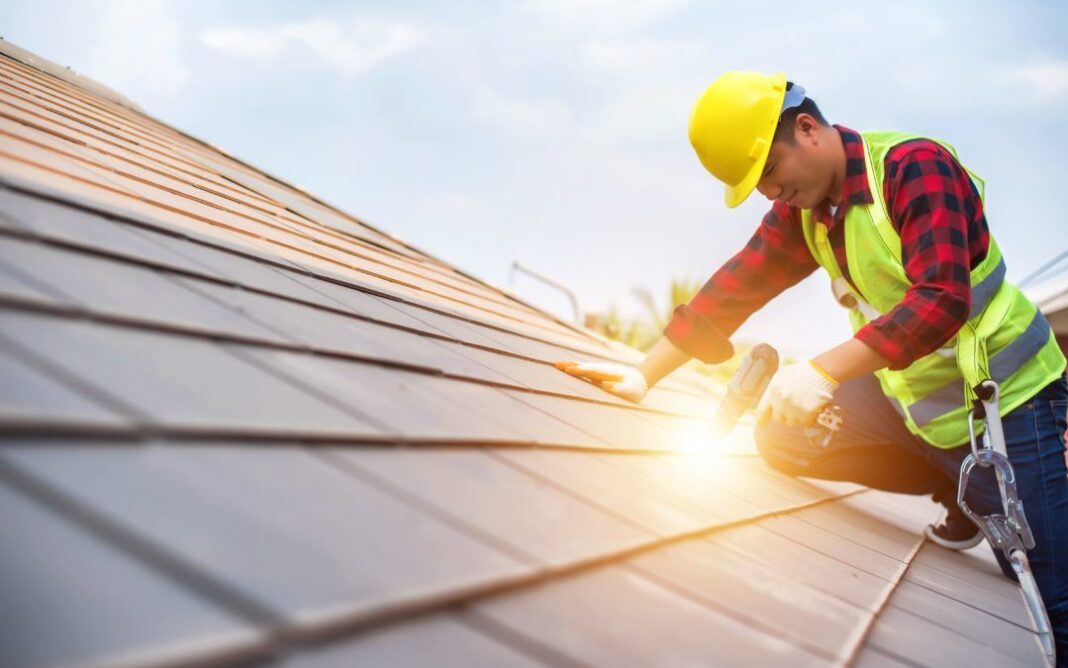A well-maintained roof is crucial for the longevity and safety of any home. Regular roof repairs and maintenance can prevent costly replacements, ensuring your roof stays in optimal condition. Neglecting roof issues can lead to significant damage, impacting not only the roof itself but also the interior of your home.
This article delves into the importance of roof repairs, effective maintenance strategies, and guidance on choosing the best roof replacement options when necessary.
Understanding Roof Repairs and Maintenance
Importance of Regular Maintenance
Regular roof maintenance is essential to prolonging the life of your roof. Just like any other part of your home, roofs require attention to keep them functioning correctly. Routine inspections can identify minor issues before they escalate into major problems, saving homeowners both time and money in the long run.
Common Issues Requiring Repairs
Several common problems may arise with roofs over time. These include leaks, damaged shingles, and punctures from debris or severe weather. Each issue requires prompt attention to avoid further damage.
Leaks can lead to water damage within the home, while missing or damaged shingles can expose the underlying structure to the elements, causing rot and other issues.
Benefits of Timely Repairs
Addressing roof repairs promptly can significantly reduce the risk of extensive damage. Timely interventions help prevent water damage, mold growth, and structural issues that could compromise the safety of your home. Moreover, maintaining your roof can enhance its efficiency, leading to better energy performance and lower utility bills.
Roof Repair Techniques
DIY vs. Professional Repairs
When it comes to roof repairs and maintenance, homeowners often face the decision of whether to handle repairs themselves or hire professionals. While some minor repairs can be tackled as DIY projects, more extensive or complex issues typically require professional intervention. Assessing the extent of the damage and your skill level is crucial in making this decision.
Common Repair Techniques
Common roof repair techniques include patching leaks, replacing shingles, and sealing seams. For minor leaks, using a roofing sealant can provide a quick fix. However, if shingles are cracked or missing, it’s essential to replace them to prevent further damage. Ensuring that seams are properly sealed will also help maintain the integrity of your roof.
Tools and Materials Needed
For DIY repairs, certain tools and materials are essential. A sturdy ladder, roofing nails, sealant, replacement shingles, and a pry bar are among the basics needed for most repairs. However, if the damage is extensive or requires specialized knowledge, hiring a professional roofer is advisable.
Signs Your Roof Needs Roof Repairs and Maintenance
Visual Inspections
Performing regular visual inspections of your roof can help identify potential issues. Homeowners should look for signs of damage, such as cracked or curling shingles, discoloration, or sagging areas. These indicators often signal the need for repair or maintenance.
Interior Indicators
In addition to exterior inspections, checking the interior of your home for signs of roof leaks is crucial. Water stains on ceilings or walls, mold growth, and musty odors can all indicate a roofing problem. Addressing these signs promptly is essential to prevent further damage.
Seasonal Considerations
Severe weather can impact your roof significantly. After storms or harsh weather conditions, it’s vital to inspect your roof for damage. Wind, hail, and heavy rain can cause immediate issues that need attention to avoid long-term complications.
The Best Roof Replacement Options
When to Consider Replacement
Determining when a roof needs to be replaced can be challenging. Signs such as extensive damage, multiple leaks, or an aging roof that is near the end of its lifespan are indicators that replacement may be necessary. Consulting with a roofing professional can provide valuable insights into whether repairs or replacement is the better option.
Types of Roofing Materials
When considering roof replacement, homeowners have various materials to choose from. Asphalt shingles, metal roofs, tile, and flat roofs each offer unique benefits and drawbacks.
Asphalt shingles are popular due to their affordability and ease of installation, while metal roofs provide durability and energy efficiency. Tile roofs are aesthetically pleasing but often come with a higher price tag.
Evaluating the Best Option for Your Home
Choosing the best roofing material involves several factors. Homeowners should consider the climate in their area, their budget, and the desired aesthetic for their home. Researching local building codes and consulting with roofing professionals can help ensure that the chosen material is suitable for the home.
The Roof Replacement Process
Initial Assessment
Before proceeding with a roof replacement, an initial assessment is critical. A professional inspection will evaluate the current roof’s condition and determine the extent of the damage. This assessment will guide homeowners in making informed decisions regarding materials and costs.
Choosing the Right Contractor
Selecting a qualified roofing contractor is vital for a successful roof replacement. Homeowners should seek contractors with good reviews, proper licensing, and insurance. Obtaining multiple quotes can also help ensure a fair price for the project.
Step-by-Step Replacement Process
Understanding the roof replacement process can ease homeowner concerns. Typically, the process includes removing the old roofing material, inspecting the underlying structure for damage, installing new roofing material, and completing final inspections. Homeowners should be prepared for potential disruptions during this time.
Post-Replacement Maintenance
Once a new roof is installed, maintenance becomes crucial to maximizing its lifespan. Homeowners should schedule regular inspections, clean gutters, and remove debris to ensure optimal performance. Proper care will help maintain the roof’s integrity and appearance.
Conclusion
Proactive roof repairs and maintenance are essential for any homeowner. By understanding the importance of regular inspections and timely repairs, homeowners can significantly extend their roof’s lifespan. When the time comes for the best roof replacement, knowing the best options and processes will lead to informed decisions that protect your home for years to come. Take charge of your roof’s health today and ensure your home remains a safe and comfortable space.







